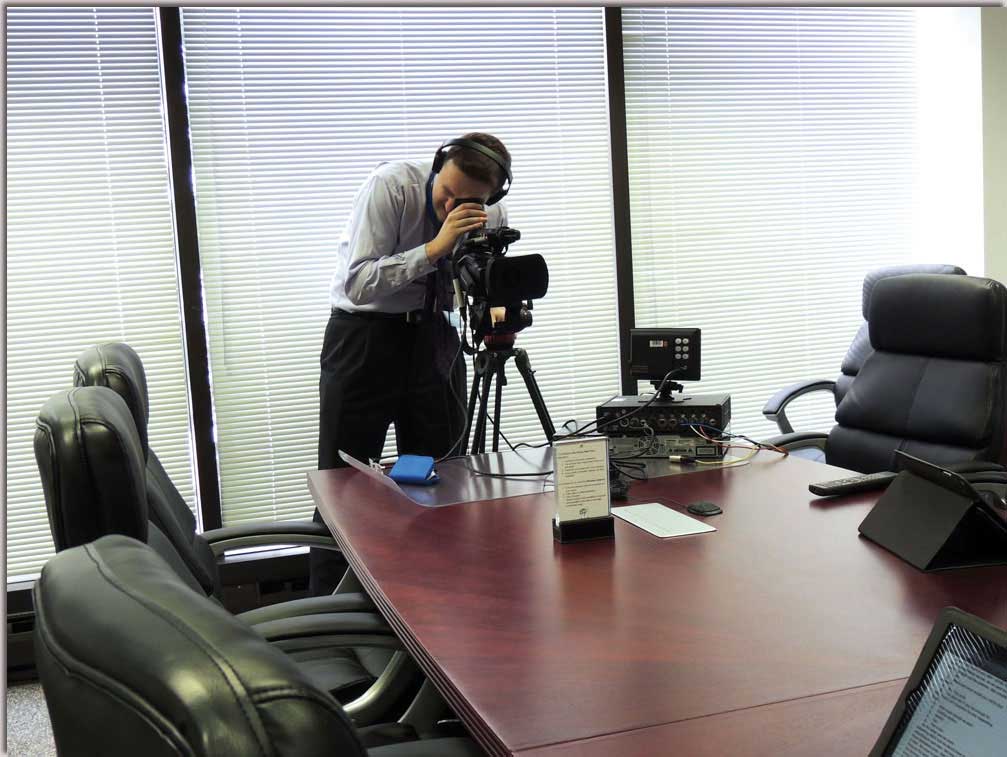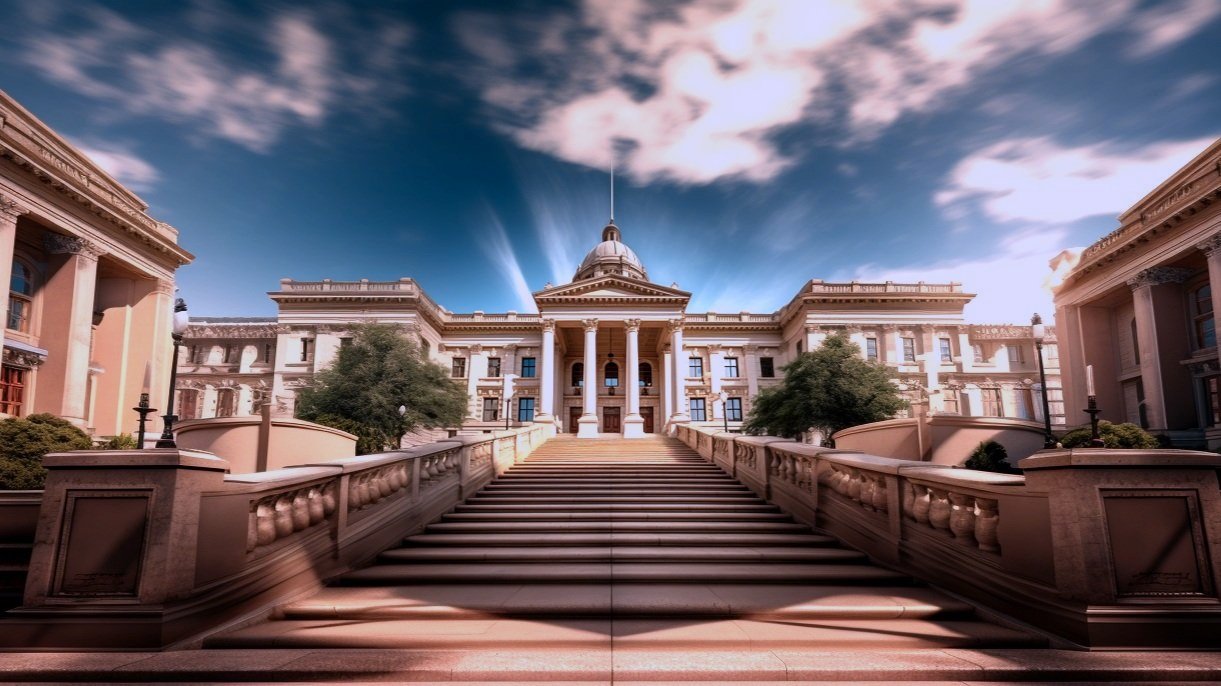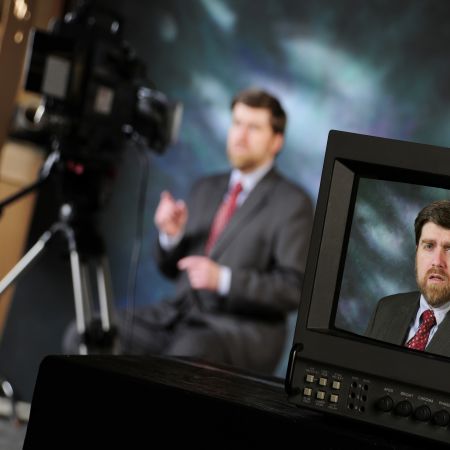Delving Into the Devices of Lawful Videography: Introduction Its Procedure in Shielding Genuine Visual Statement for Judicial Procedures
In the world of judicial proceedings, the duty of legal videography stands as a cornerstone in preserving and presenting visual proof. As modern technology continues to breakthrough, the devices behind lawful videography have come to be significantly complex, using an important layer of authenticity to testaments caught on video. By diving into the operational complexities of legal videography, one can uncover the thorough processes that safeguard the honesty of visual evidence offered in courts - Legal Videography. This exploration not only sheds light on the historic evolution of lawful videography yet likewise means the future patterns that might additionally transform just how visual testaments are maintained in the realm of justice.
Historic Evolution of Legal Videography
Checking out the historical development of lawful videography reveals a considerable makeover in the capturing and presentation of aesthetic proof within the lawful landscape. In the past, legal procedures greatly relied upon written photos and transcripts to document events and give proof. However, with the advent of video clip technology, the lawful sector saw a paradigm shift in how visual testament was caught and provided.
The advancement of lawful videography can be mapped back to the late 20th century when advancements in video recording devices made it much more easily accessible for usage in court rooms. This technical innovation not just boosted the precision and integrity of aesthetic proof however likewise reinvented the means instances were presented to judges and juries (Legal Videography). Attorneys started to recognize the persuasive power of video recordings in communicating feelings, nuances, and non-verbal cues that written records or photos alone can not capture efficiently

Modern Technology Improvements in Video Paperwork
What vital technological innovations have reinvented video documents in the legal area? The lawful field has actually seen considerable innovations in video documents innovation that have boosted the authenticity and integrity of visual evidence in judicial procedures.
Furthermore, innovations in video clip file encryption and watermarking modern technologies have reinforced the security and tamper-proof nature of video clip proof, protecting it versus unapproved modifications or meddling. The advent of cloud storage services and remote accessibility capacities has structured the storage space, access, and sharing of video proof, facilitating seamless partnership among legal experts and making sure reliable accessibility to critical visual testimonies when needed. These technological developments in video paperwork have actually unquestionably reinvented the lawful area, boosting the precision, reliability, and admissibility of visual evidence in judicial proceedings.
Role of Legal Videographers in Court Settings
The development of video clip paperwork technology in the lawful area has necessitated an essential role for lawful videographers in court settings, making certain the honesty and dependability of visual testaments provided throughout judicial procedures. Legal videographers play a basic function in capturing and maintaining precise aesthetic evidence that can be pivotal in litigation. Their responsibility reaches establishing up equipment, taping proceedings, and generating premium video clips that precisely mirror the events in the court room.
In court setups, legal videographers have to follow rigorous guidelines and requirements to maintain the authenticity of the aesthetic record. They need to have a keen eye for information and a comprehensive understanding of lawful procedures to make sure that the video they capture is a real depiction of the events that transpired. In addition, legal videographers commonly function closely with legal groups to ensure that the video proof straightens with the case's demands and can be properly presented in court to support the lawful debates being made. In general, the function of lawful videographers in court room setups is important in upholding the principles of justice and making sure the transparency of lawful process.

Ensuring Admissibility and Integrity of Video Proof
To preserve the reliability of aesthetic proof offered in legal procedures, making certain the admissibility and integrity of video evidence is an important duty for legal videographers. Admissibility refers to the acceptance of site link proof by the court, and for video clip proof to be permissible, it must satisfy specific standards. Lawful videographers play a crucial role in guaranteeing that the video clips they catch adhere to the rules of evidence, such as credibility, dependability, and significance.
Stability of video clip proof entails preserving the creativity and accuracy of the video footage from the time it is tape-recorded until it is provided in court. This includes securely saving the video clip documents, recording the chain of protection, and protecting against any kind of meddling or modifications. Legal videographers must stick to rigorous procedures to ensure the integrity of the video proof and stop any type of challenges to its credibility.
Future Trends in Legal Videography
Provided the enhancing reliance on modern technology in lawful procedures, lawful videographers are positioned to accept innovative advancements forming the future of visual testimony capture and discussion. One of the prominent fads on the perspective is the integration of digital truth (VR) and boosted truth (AR) technologies right into legal videography. These modern technologies have the prospective to transform just how visual proof is provided in courtrooms, permitting juries and courts to immerse themselves in the scene of the crime or click here for info occurrence.
Furthermore, the usage of synthetic knowledge (AI) algorithms for video clip analysis is expected to simplify the process of assessing and examining large quantities of video footage. AI can aid in recognizing vital moments, abnormalities, and patterns within videos, improving the performance of legal examinations.

Conclusion
In verdict, legal videography has actually played an essential duty in offering genuine visual proof for judicial proceedings. With technical developments and the proficiency of lawful videographers, the integrity and admissibility of video proof are guaranteed in court room settings. As legal videography proceeds to evolve, it will be vital to support criteria that maintain the accuracy and integrity of aesthetic testimony for the future of lawful process.
Examining the historical development of lawful videography reveals a considerable makeover in the capturing and presentation of aesthetic proof within the lawful landscape.The evolution of video paperwork modern technology in the legal field has actually demanded an essential duty for legal videographers in court settings, making sure the honesty and reliability of visual statements provided throughout judicial process. In addition, lawful videographers often work closely with legal teams to guarantee that the video evidence lines up with the situation's demands and can be successfully provided in court to sustain the legal disagreements being made.To preserve the reputation of aesthetic proof offered in lawful process, making certain the admissibility and honesty of video clip proof is an important duty for lawful videographers. As legal videography continues to evolve, it will be essential to copyright criteria that keep the precision and dependability of visual testimony for the future of lawful procedures.